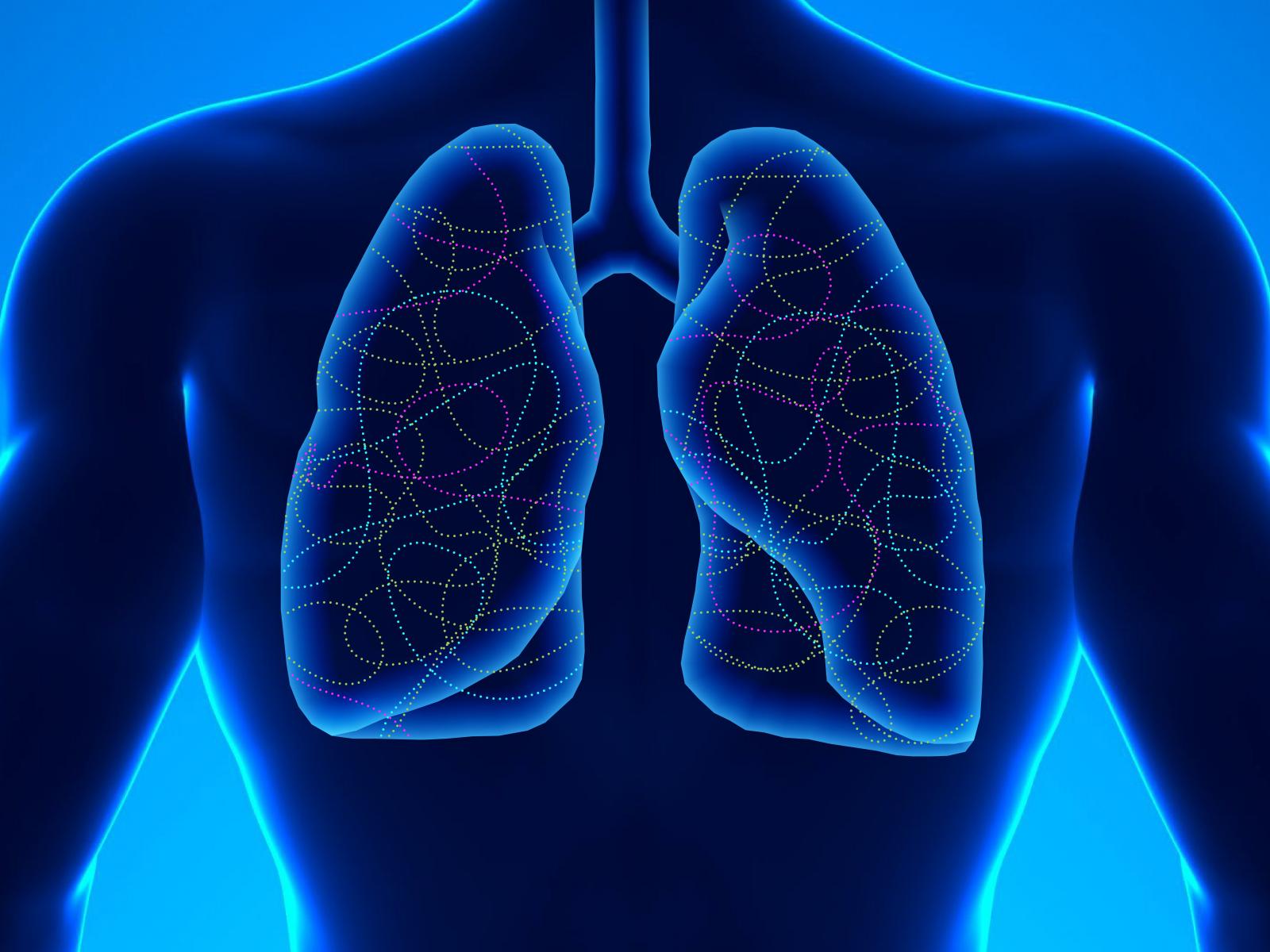By Melissae Fellet
As a result, one PNNL research project has changed its focus from diagnostics for first responders in California to learning about some of the biggest mysteries of COVID-19 from patients in their immediate community.
Chemist Paul Piehowski and his colleagues recently started a pilot volunteer study in collaboration with Kadlec Regional Medical Center in Richland, Wash. For patients on ventilators, a plastic heat moisture exchanger captures moist air leaving their lungs. The researchers will collect those components and look for protein patterns unique to patients with COVID-19.
The information will give researchers a detailed look at the immune response in patients with the disease, possibly helping physicians understand why some patients get sicker than others and map out effective treatments. A common pattern might also be a useful signal in a future diagnostic breath test for COVID-19, Piehowski said.
Pandemic shifts project’s focus
Last year, more than 15 PNNL researchers started working on a PNNL-funded project called BRAVE, which stands for Biomedical Resilience and Readiness in Adverse Operating Environments.
In this project, the researchers analyzed blood, urine, and saliva collected from Los Angeles County firefighters working a drill. The researchers looked for patterns in genes, proteins, and cellular metabolites that indicated physiological stress and predicted effects such as exhaustion and overheating.
Molecular stress signatures might be used to monitor the health and performance of first responders, perhaps enabling leaders to pull responders off the line before they’re at risk, said PNNL exposure scientist Justin Teeguarden, the principal investigator of BRAVE. Those molecular patterns also provide clues to changes in cellular function, which could help scientists develop treatments to speed recovery.
Exhaling pulls proteins from inside the lungs
Piehowski and his colleagues, experts in proteomics, look for molecular signatures in large-scale protein patterns. They use optimized mass spectrometry platforms to analyze thousands of proteins in clinical samples. Typically, that means working with blood and tissue samples.



